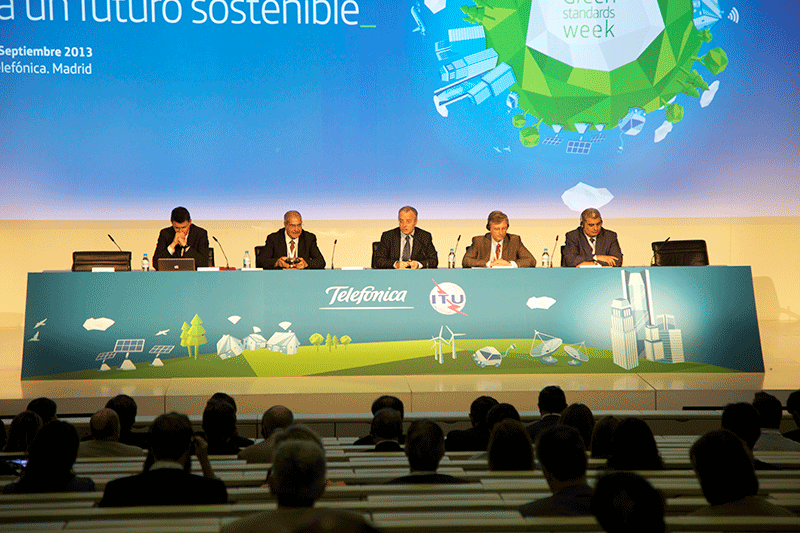
Every year there is more electronic waste in the world. More ICT products are manufactured, the volume of trade is expanding, the obsolescence gap gets narrower and narrower … We are now talking about 53 million tonnes of e-waste, according to the United Nations. To this must be added another factor that complicates management of this waste: exports of these products represent 11% of all goods exported in 2011. However, in a country like Ghana, which has no e-waste processing capacity, 30% of the electronic equipment imported cannot be used, and therefore instantly becomes unmanageable waste.
What can be done? In 2012 the European Union approved new guidelines on electrical and electronic waste . These establish a series of ambitious objectives that involve the selective collection of 85% of the waste generated between now and 2019. This will mean increasing collection from 4 to 20 kilos per head of population within the EU.
Experts from the United Nations Environment Programme (UNEP), the United Nations University, Recyclia, Huawei and the International Telecommunication Union (ITU), among others, who were gathered together yesterday at the 3rd ITU Green Standards Week being held this week at the headquarters of Telefónica in Madrid, highlighted numerous challenges facing the achievement not only of the European targets but also the improvement of e-waste management worldwide:
- Improve the statistics (for example, there is no data on reuse) and use them, above all, to legislate.
- Generate international standards for applying the international agreements, for example, regarding recycling processing, or for preventing environmental contamination when there is insufficient legislation.
- Develop and promote management models that are valid for all continents.
- Roll out awareness programmes. This is severely lacking, for example, in Africa
- Establish who pays the collection and management costs.
- Improve coordination between the parties involved: manufacturers, ICT companies, distributers, governments, consumers, waste management entities.
- Commit to an eco-design policy, for example, to promote and use a single charger for all makes of equipment. Lest we forget, a universal mobile phone charger would mean 82,000 tonnes less e-waste per year, in other words 13.6 million tonnes fewer CO2 emissions.
- Leverage the best practices of the industry.
- See this area as an opportunity for creating green jobs. In Spain today there are 120,000 recycling-linked jobs.
In short, much still remains to be done. However, organisations such as the ITU-T Study Group 5 Environmental -Climate Change are already on the case. And in a few months another important event dealing with this subject is due to be held, namely, “E-waste Academy 2014″, which will take place in El Salvador next August.








